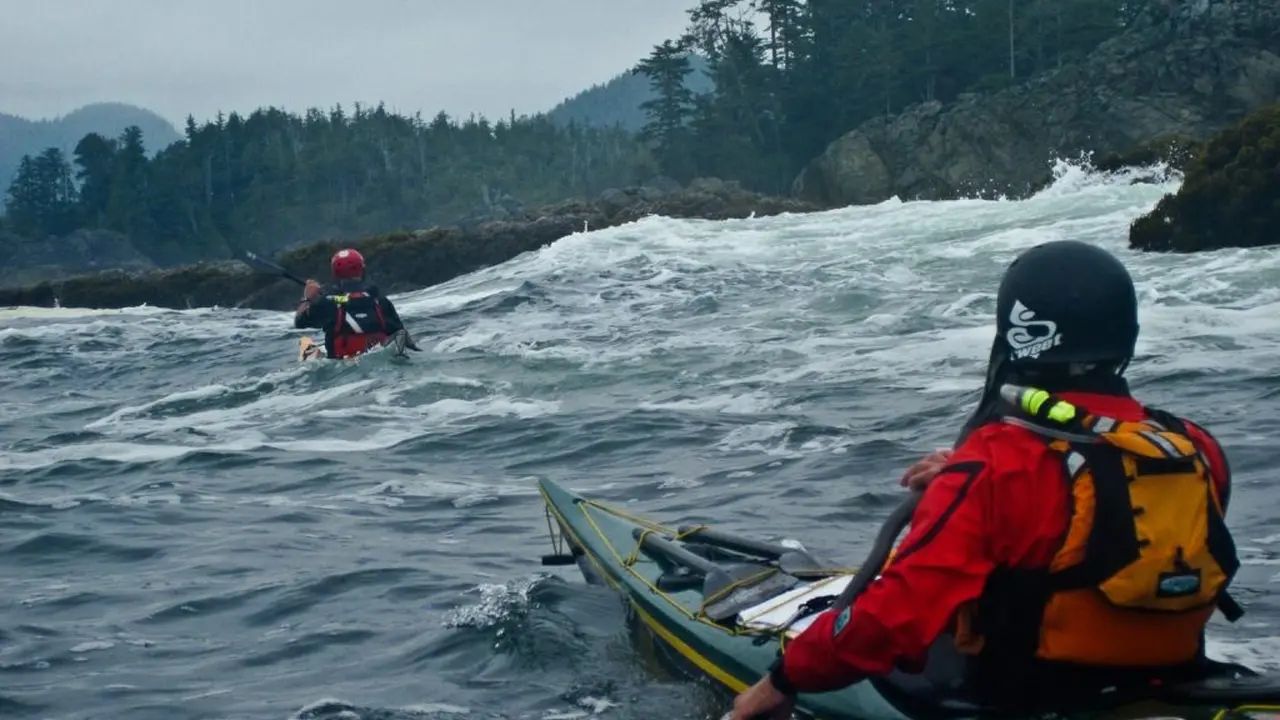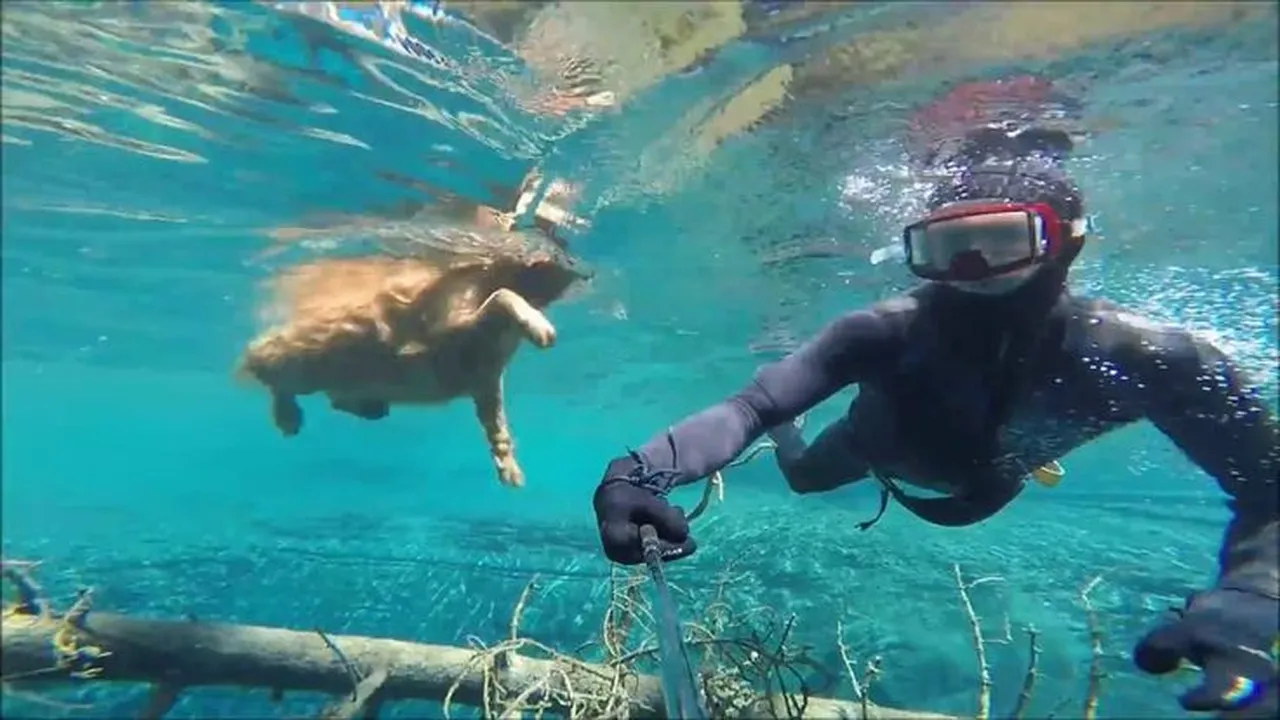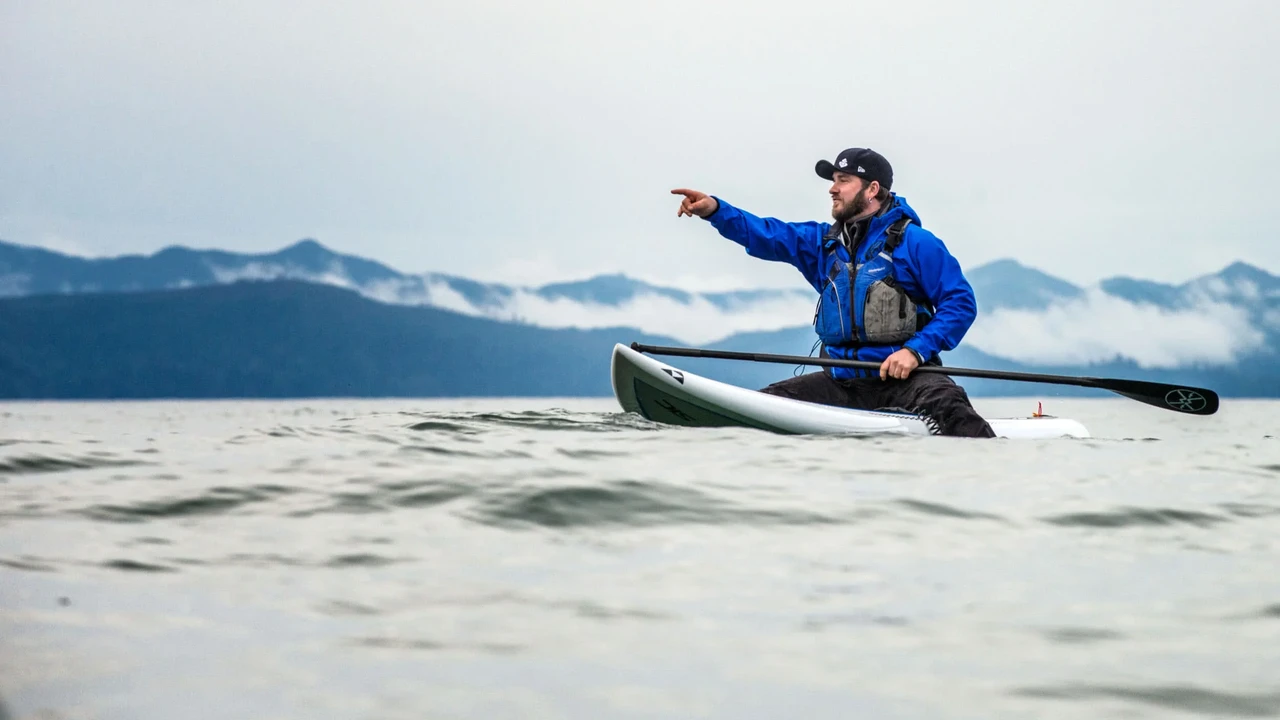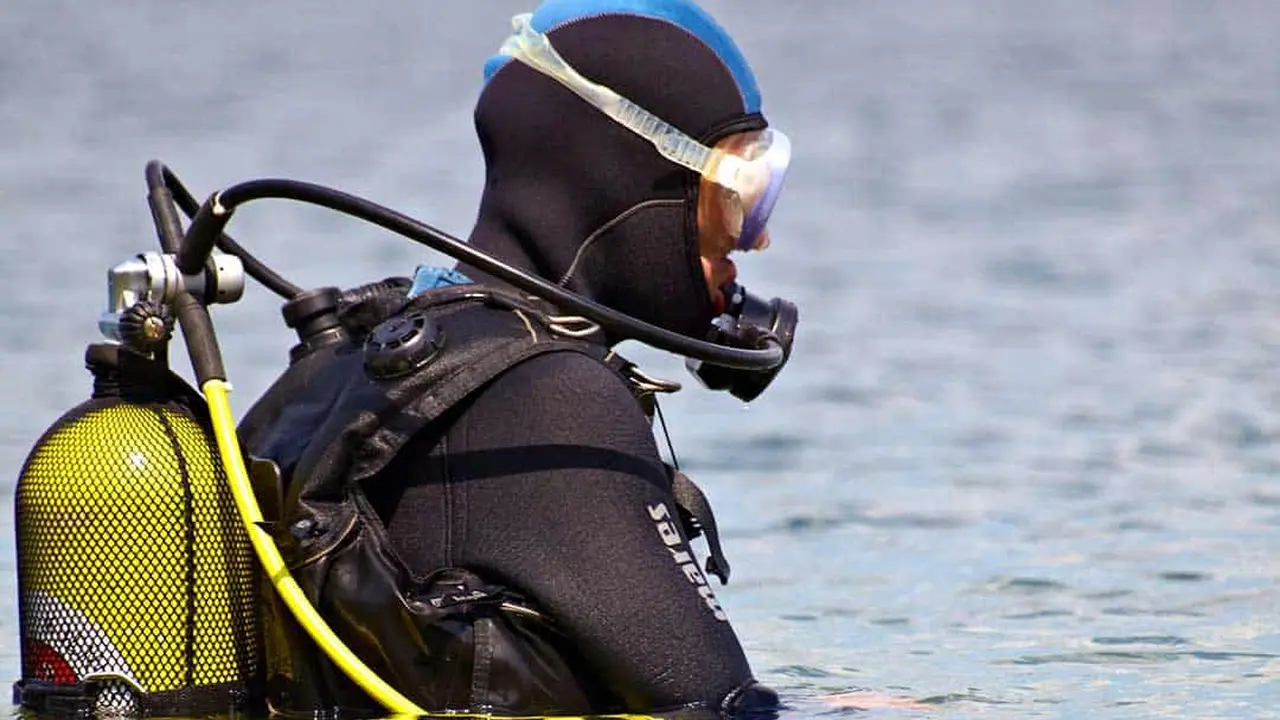Surfing Equipment Review: Top 5 Surfboards
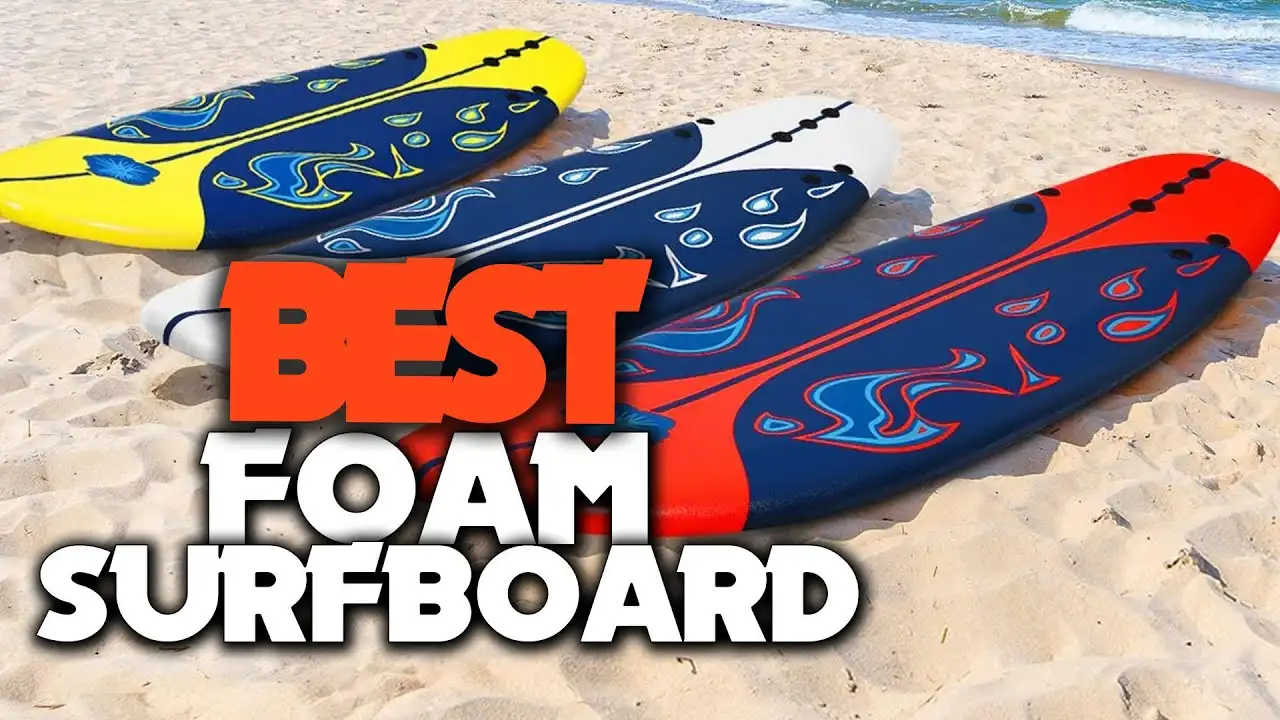
Understanding West Coast Surfing Conditions and Techniques
The West Coast of the United States, stretching from Washington down to Southern California, offers a diverse range of surfing experiences. From the powerful, cold waves of the Pacific Northwest to the more mellow, sun-drenched breaks of Southern California, understanding the nuances of each region is crucial for a successful and enjoyable surfing session.
Northern California and the Pacific Northwest: These areas are known for their challenging conditions. Expect colder water, stronger currents, and larger swells, especially during the winter months. Surfers here need to be experienced and prepared for potentially hazardous situations. Thick wetsuits (5/4mm or thicker), booties, gloves, and hoods are essential for staying warm. Common breaks include Mavericks (for experienced big wave surfers only), Ocean Beach in San Francisco, and various spots along the Oregon and Washington coasts. Surfing in these areas requires a good understanding of rip currents and wave forecasting.
Central California: Areas like Santa Cruz and Monterey offer a mix of conditions suitable for intermediate and advanced surfers. The water is still relatively cold, requiring 4/3mm wetsuits for most of the year. Expect a variety of breaks, from point breaks like Steamer Lane in Santa Cruz to beach breaks like Monterey State Beach. The swell patterns can be inconsistent, so checking the surf report is crucial.
Southern California: Southern California boasts the most consistent surf conditions and the warmest water on the West Coast. While the waves aren't always as powerful as in the north, there are still plenty of opportunities for challenging rides. Water temperatures typically range from the mid-60s to the low 70s in the summer, allowing for surfing in boardshorts or a springsuit. Popular breaks include Huntington Beach (Surf City USA), Malibu, and Trestles. Southern California is also a great place for beginner surfers, with numerous surf schools and gentle waves available.
Essential Surfing Techniques for West Coast Waves: Regardless of the location, mastering fundamental surfing techniques is vital. These include:
- Paddling: Efficient paddling is key to catching waves. Focus on using your core and back muscles to propel yourself forward. Keep your head up and look towards the horizon.
- Pop-Up: The pop-up is the transition from lying down to standing on the board. Practice this movement repeatedly on land until it becomes second nature. Aim for a smooth, controlled motion.
- Riding the Wave: Once you're up, maintain a balanced stance and use your weight to steer the board. Look in the direction you want to go and engage your core muscles.
- Reading the Wave: Understanding wave behavior is crucial for maximizing your ride. Look for the peak of the wave and anticipate its movement.
- Duck Diving or Turtle Rolling: These techniques are used to get under oncoming waves. Duck diving is suitable for shorter boards, while turtle rolling is better for longer boards.
Top West Coast Surfboard Brands and Models
Choosing the right surfboard is essential for performance and enjoyment. The West Coast surf scene is home to numerous surfboard shapers and brands, each with their own unique approach. Here's a look at some of the top brands and models:
Channel Islands Surfboards: Channel Islands is one of the most iconic surfboard brands in the world, known for its high-performance designs. Founded by Al Merrick, Channel Islands has been a leader in surfboard innovation for decades.
- Channel Islands Al Merrick Flyer: The Flyer is a versatile shortboard designed for a wide range of conditions. It features a wider outline and a lower rocker, making it easy to paddle and catch waves. It's a great choice for intermediate to advanced surfers looking for a performance board. Price: $700 - $900
- Channel Islands Al Merrick Twin Fin: The Twin Fin is a modern take on the classic twin-fin design. It's fast, loose, and playful, making it ideal for small to medium-sized waves. It's a great choice for surfers who want to add some excitement to their surfing. Price: $750 - $950
Lost Surfboards: Lost Surfboards, founded by Matt "Mayhem" Biolos, is known for its edgy designs and innovative construction techniques. Lost boards are popular among surfers of all levels.
- Lost Puddle Jumper: The Puddle Jumper is a small wave performance board that's perfect for mushy conditions. It features a wide outline, a flat rocker, and a quad fin setup, making it incredibly fast and maneuverable. Price: $650 - $850
- Lost RNF Retro: The RNF Retro is a modern take on the classic Round Nose Fish design. It's a fast, fun, and forgiving board that's perfect for cruising and carving. Price: $700 - $900
Firewire Surfboards: Firewire Surfboards is known for its innovative construction techniques and sustainable materials. Firewire boards are designed to be lightweight, durable, and high-performing.
- Firewire Slater Designs Cymatic: The Cymatic is a high-performance shortboard designed by Kelly Slater. It features a complex bottom contour and a unique fin placement, making it incredibly fast and responsive. Price: $800 - $1000
- Firewire Machado Seaside: The Seaside is a versatile quad fin fish designed by Rob Machado. It's a fast, fun, and forgiving board that's perfect for a wide range of conditions. Price: $750 - $950
Wetsuit Technology and Choosing the Right Thickness for West Coast Waters
Staying warm is crucial for enjoying your surfing experience on the West Coast. Wetsuits are essential for surfing in the colder waters of California, Oregon, and Washington. Understanding wetsuit technology and choosing the right thickness is important for staying comfortable and maximizing your time in the water.
Wetsuit Materials: Wetsuits are typically made from neoprene, a synthetic rubber that provides insulation and flexibility. The thickness of the neoprene determines the warmth of the wetsuit. Modern wetsuits often incorporate features like:
- Super Stretch Neoprene: This type of neoprene is more flexible than traditional neoprene, allowing for greater range of motion.
- Thermo Lining: Thermo lining is a layer of fleece or other insulating material that helps to trap heat and keep you warmer.
- Sealed Seams: Sealed seams prevent water from entering the wetsuit, further enhancing warmth.
Wetsuit Thickness Guide for the West Coast:
- Southern California (Summer): Boardshorts or a springsuit (2mm neoprene)
- Southern California (Winter): 3/2mm or 4/3mm wetsuit
- Central California (Year-Round): 4/3mm wetsuit
- Northern California and Pacific Northwest (Year-Round): 5/4mm or thicker wetsuit, booties, gloves, and hood
Top Wetsuit Brands:
- O'Neill: O'Neill is one of the most well-known wetsuit brands, offering a wide range of wetsuits for all levels of surfers.
- Rip Curl: Rip Curl is another popular wetsuit brand, known for its high-quality materials and innovative designs.
- Billabong: Billabong offers a variety of wetsuits at different price points, making them a good option for budget-conscious surfers.
- Patagonia: Patagonia is known for its sustainable wetsuits, made from Yulex natural rubber.
Surfboard Fins Explained Performance and Choosing the Right Set Up
Surfboard fins play a crucial role in the performance of your surfboard. They affect speed, maneuverability, and stability. Understanding the different types of fins and how they work is essential for optimizing your surfing experience.
Types of Fin Setups:
- Single Fin: Single fin setups are common on longboards and classic surfboards. They provide a smooth, flowing ride and are ideal for cruising and carving.
- Twin Fin: Twin fin setups are fast and loose, making them ideal for small to medium-sized waves. They offer excellent maneuverability but can be less stable than other setups.
- Thruster (Three Fins): The thruster setup is the most common fin setup in modern surfing. It provides a good balance of speed, maneuverability, and stability.
- Quad Fin (Four Fins): Quad fin setups are fast and provide excellent drive. They are often used in powerful waves and are popular among experienced surfers.
- Five Fin: Five fin setups offer the versatility of both thruster and quad fin setups.
Fin Materials: Fins are typically made from fiberglass, plastic, or carbon fiber. Fiberglass fins are durable and offer a good balance of performance and price. Plastic fins are more affordable but less durable. Carbon fiber fins are lightweight and stiff, providing maximum performance.
Fin Size and Shape: The size and shape of your fins will affect the performance of your surfboard. Larger fins provide more hold and stability, while smaller fins are more maneuverable. The shape of the fin, including its base, depth, and rake, will also affect its performance.
Popular Fin Brands:
- FCS: FCS is one of the leading fin brands, offering a wide range of fins for all types of surfboards and surfers.
- Futures Fins: Futures Fins is another popular fin brand, known for its innovative designs and high-quality materials.
- True Ames: True Ames is a classic fin brand, known for its high-quality single fins and longboard fins.
Essential Surf Accessories for West Coast Surfing
In addition to a surfboard and wetsuit, there are several other essential surf accessories that can enhance your surfing experience on the West Coast.
Surfboard Leash: A surfboard leash is a crucial safety device that keeps your surfboard attached to your ankle. Choose a leash that is the appropriate length for your surfboard and the size of the waves you will be surfing.
Surf Wax: Surf wax provides traction on the deck of your surfboard, preventing you from slipping off. Choose a wax that is appropriate for the water temperature.
Sunscreen: Protect your skin from the sun's harmful rays by applying sunscreen before each surf session. Choose a waterproof sunscreen with a high SPF.
Surf Hat or Visor: A surf hat or visor can help to protect your face and eyes from the sun.
Surf Booties, Gloves, and Hood: For surfing in colder waters, surf booties, gloves, and a hood are essential for staying warm.
Surfboard Bag: A surfboard bag protects your surfboard from damage during transport and storage.
Understanding Rip Currents and Ocean Safety on the West Coast
Rip currents are powerful, narrow channels of water flowing away from the shore. They can be dangerous to swimmers and surfers, so it's important to understand how to identify them and what to do if you get caught in one.
Identifying Rip Currents: Rip currents can be difficult to spot, but there are several signs to look for:
- A channel of churning, choppy water
- A line of foam, seaweed, or debris moving seaward
- A difference in water color
- A break in the pattern of incoming waves
What to Do If You Get Caught in a Rip Current:
- Stay Calm: Panic will only make the situation worse.
- Don't Swim Against the Current: This will exhaust you quickly.
- Swim Parallel to the Shore: Swim parallel to the shore until you are out of the current. Then, swim towards the shore.
- Signal for Help: If you are unable to swim out of the current, signal for help by waving your arms or shouting.
Other Ocean Safety Tips:
- Always Swim at Lifeguarded Beaches: Lifeguards are trained to identify and respond to rip currents and other ocean hazards.
- Never Swim Alone: Swim with a buddy so you can help each other in case of an emergency.
- Be Aware of the Tides: Tides can affect the strength of rip currents and the size of waves.
- Check the Surf Report: Before you go surfing, check the surf report to find out about wave conditions, wind, and tides.
- Know Your Limits: Don't surf in conditions that are beyond your skill level.
Surfing Etiquette and Respecting the Local Surf Community
Surfing is a popular sport, and it's important to be respectful of other surfers and the local surf community. Following basic surfing etiquette will help to ensure a safe and enjoyable experience for everyone.
Surfing Etiquette Rules:
- Right of Way: The surfer closest to the peak of the wave has the right of way.
- Don't Drop In: Dropping in is when you paddle into a wave that another surfer is already riding. This is considered rude and dangerous.
- Paddle Wide: When paddling back out to the lineup, paddle wide of the surfers who are riding waves.
- Don't Snake: Snaking is when you paddle around other surfers to get closer to the peak of the wave. This is also considered rude.
- Respect the Locals: Be respectful of the local surfers and the local surf community. They know the breaks better than you do, and they have a right to surf there.
- Leave No Trace: Pack out everything you pack in, and don't litter on the beach or in the water.
West Coast Surf Travel Destinations and Planning Your Trip
The West Coast offers a wide range of surf travel destinations, from the rugged coastline of Oregon to the sunny beaches of Southern California. Planning your trip carefully will help you to maximize your surfing experience.
Popular Surf Travel Destinations:
- Huntington Beach, California: Known as "Surf City USA," Huntington Beach offers consistent waves and a vibrant surf culture.
- Malibu, California: Malibu is home to several iconic surf breaks, including Surfrider Beach and Zuma Beach.
- Santa Cruz, California: Santa Cruz is a classic surf town with a variety of breaks for all skill levels.
- Tofino, British Columbia, Canada: Tofino offers rugged beauty and consistent surf, even in the winter months.
- Newport, Oregon: Newport is a hidden gem with a variety of beach breaks and point breaks.
Tips for Planning Your Surf Trip:
- Research the Surf Conditions: Before you book your trip, research the surf conditions at your chosen destination. Find out about wave size, wind, and tides.
- Book Accommodations in Advance: Popular surf destinations can get crowded, so it's important to book your accommodations in advance.
- Pack Appropriately: Pack the right gear for the conditions, including a wetsuit, surfboard, leash, wax, and sunscreen.
- Rent a Car: Renting a car will give you the freedom to explore different surf breaks and beaches.
- Be Flexible: Surf conditions can change quickly, so be prepared to be flexible with your plans.
Surfing and Sustainability Protecting Our Oceans for Future Generations
Surfing is a sport that is deeply connected to the ocean, and it's important to be mindful of the impact that our activities have on the environment. By adopting sustainable practices, we can help to protect our oceans for future generations.
Sustainable Surfing Practices:
- Choose Sustainable Surf Products: Look for surfboards, wetsuits, and other surf products that are made from sustainable materials.
- Reduce Your Plastic Consumption: Avoid using single-use plastics, such as water bottles and plastic bags.
- Dispose of Trash Properly: Never litter on the beach or in the water.
- Support Organizations That Protect the Ocean: Donate to or volunteer with organizations that are working to protect the ocean.
- Educate Others: Share your knowledge about sustainable surfing practices with others.
:max_bytes(150000):strip_icc()/277019-baked-pork-chops-with-cream-of-mushroom-soup-DDMFS-beauty-4x3-BG-7505-5762b731cf30447d9cbbbbbf387beafa.jpg)



